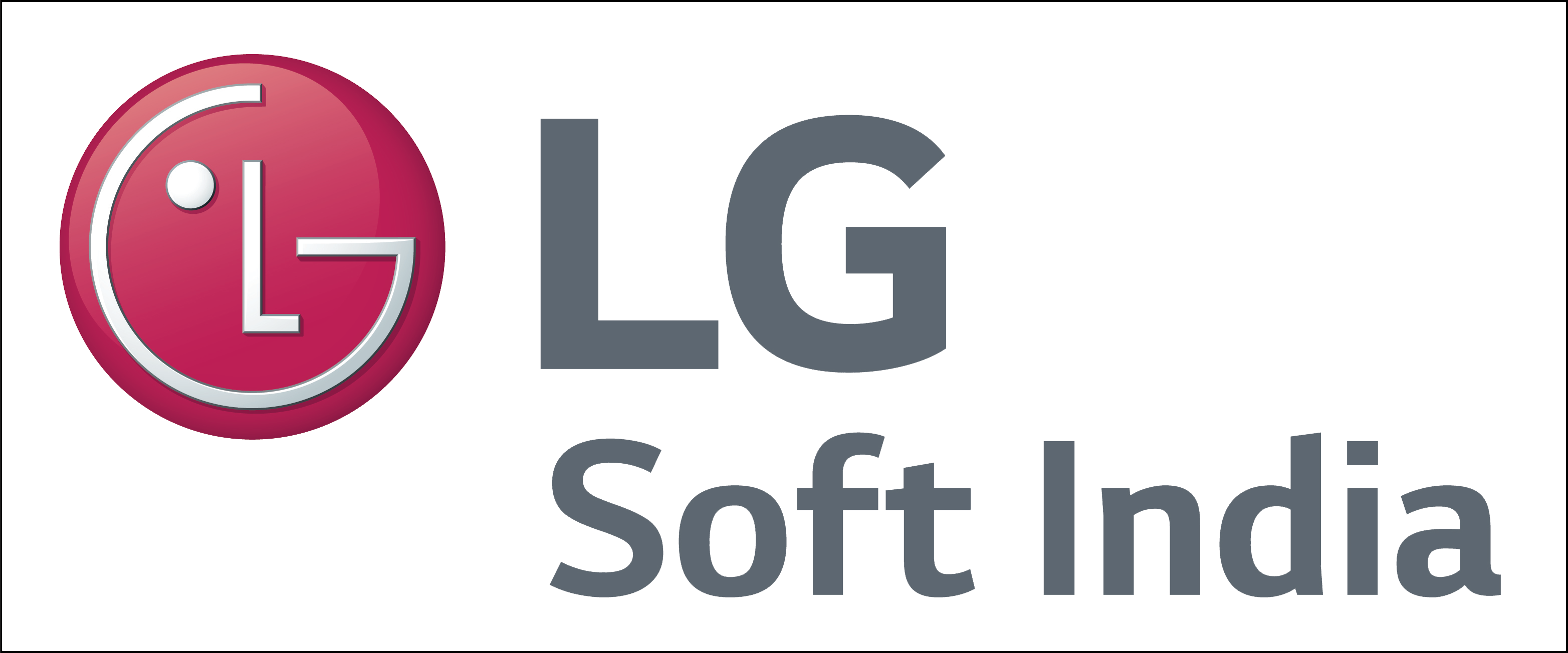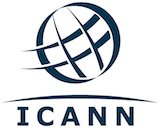Accepted Papers
COMSNETS 2018 paper decisions are out!
Kindly note that the registration for all COMSNETS 2018 papers is mandatory. Even if all the authors of your paper are students you still need to do AT LEAST ONE FULL REGISTRATION. This is as per the guidelines of IEEE and ACM. It is mandatory to register for the paper before uploading the camera ready to EDAS. There will be no exceptions to this policy.
Further, if you are a student author, we encourage you to apply for various travel grants advertised on the conference website.
Camera ready papers are due by Dec 3, 2017 (HARD DEADLINE). Please adhere to the instructions given on the website in preparing the camera ready manuscript.
- A Highly Resilient and Scalable Broker architecture for IoT applications
Souranil Sen (StonyBrook University, USA); Aruna Balasubramanian (Stony Brook University, USA) - A Learning-based Dynamic Clustering for Coordinated Multi-Point (CoMP) Operation with Carrier Aggregation in LTE-Advanced
Raja Karmakar (Techno India College of Technology, India); Samiran Chattopadhyay (Jadavpur University, India); Sandip Chakraborty (Indian Institute of Technology Kharagpur, India) - A Novel Methodology for Implementing Massive MIMO in High Speed Train Network with UPWARC
Subharthi Banerjee, Michael Hempel and Hamid Sharif (University of Nebraska-Lincoln, USA) - A Scalable Pulse Protocol for Structural Health Monitoring
Saptarshi Das and Subir Biswas (Michigan State University, USA) - A system for distributed audio classification using sparse representation over cloud for IOT
Venkata Vijay Girish K (Huawei Technologies India, India); Ramakrishnan G A (Indian Institute of Science, India); Neeraj Kumar (Huawei Technologies India, India) - An RBF-PSO Based Approach for Early Detection of DDoS Attacks in SDN
Neelam Dayal and Shashank Srivastava (Motilal Nehru National Institute of Technology Allahabad, India) - Autocorrelation-Based Spectrum Sensing of FBMC Signal
Upender Reddy Keesara (IIIT Hyderabad, India); Sachin Chaudhari (International Institute of Information Technology, India) - Compressive Sensing Based Energy Efficient Wideband Cognitive Radio Network
Siddharth Deshmukh (National Institute Of Technology, Rourkela, India); Snigdha Bhuyan (National Institute of Technology, Rourkela, India) - Cooperative Game Theory based Network Partitioning for Controller Placement in SDN
Bala Prakasa Rao Killi and Akhil Reddy Ellore (Indian Institute of Technology Guwahati, India); S. V. Rao (Indian Institute of Technology, Guwahati, India) - Detecting Activities at Metro Stations Using Smartphone Sensors
Aanchal Mongia (IIIT Delhi, India); Venkata M. V. Gunturi (IIT-Ropar, India); Vinayak Naik (IIIT Delhi, India) - Distributed Access Control in Wireless Networks
Mahmoud Taghizadeh, Amir R. Khakpour, Faezeh Hajiaghajani, Alex X. Liu and Subir Biswas (Michigan State University, USA) - Efficient Load Balancing for Multicast Traffic in Data Center Networks Using SDN
Nithin V (IIT Jodhpur, India); Avan Rathod (Indian Institute of Technology Jodhpur, India); Venkataramana Badarla (Indian Institute of Technology Tirupati, India); Tim Humernbrum (University of Münster, Germany); Sergey Gorlatch (University of Munster, Germany) - Efficient Proactive Caching in Storage Constrained 5G Small Cells
Samir Kumar Mishra (Samsung Semiconductor India R&D, India); Puneet Pandey (Samsung Semiconductor India R and D, India); Prince Arya and Alok Jain (Samsung Semiconductor India R&D, India) - Efficient Solar Provisioning for Net-Zero Internet-Scale Distributed Networks
Vani Gupta and Prashant Shenoy (University of Massachusetts, Amherst, USA); Ramesh K Sitaraman (University of Massachusetts, Amherst & Akamai Technologies, USA) - Enhancing traffic model of big cities: Network Skeleton & Reciprocity
Manish Bhanu (INESC TEC Porto, India); Joydeep Chandra (Indian Institute of Technology Patna, India); Joao Moreira (INESC TEC Porto, Portugal) - FullStop: Tracking Unsafe Stopping Behaviour of Buses
Ravi Bhandari (IIT Bombay, India); Bhaskaran Raman (Indian Institute of Technology, Bombay, India); Venkata N. Padmanabhan (Microsoft Research, USA) - Implementation of Energy Efficient WBAN using IEEE 802.15.6 Scheduled Access MAC for e-Healthcare
Tanumay Manna and Iti Saha Misra (Jadavpur University, India) - INCARNATE: An Interference Aware Spatial Scheme for Tightly Coupled LTE-Wi-Fi Networks
Sumanta Patro (Indian Institute of Technology Hyderabad, India); Thomas Valerrian Pasca S and Bheemarjuna Reddy Tamma (IIT Hyderabad, India); Antony Franklin A (Indian Institute of Technology Hyderabad, India) - LTE-U and Wi-Fi Hidden Terminal Problem: How Serious Is It for Deployment Consideration?
Anand Baswade (IIT Hyderabad, India); Touheed Atif (Indian Institute of Technology Hyderabad, India); Bheemarjuna Reddy Tamma (IIT Hyderabad, India); Antony Franklin A (Indian Institute of Technology Hyderabad, India) - Management of Adaptation Capability of Networked Systems in Dynamic Environments
Kaliappa Ravindran (City University of New York, USA); Arun Adiththan (City University of New York - CUNY Graduate Center, USA); Michael Iannelli (City University of New York (CUNY - City Colllege), USA); Khurshid Fayzullaev (Vimeo Inc., USA) - Minerva: A reinforcement learning-based technique for optimal scheduling and bottleneck detection in distributed factory operations
Tara Elizabeth Thomas, Jinkyu Koo, Somali Chaterji, Saurabh Bagchi (Purdue University, USA) - NeMoI: Network Mobility in ICN
Sripriya Srikant Adhatarao (Uni Goettingen, Germany); Mayutan Arumaithurai (University of Goettingen, Germany); Dirk Kutscher (Huawei German Research Center, Germany); Xiaoming Fu (University of Goettingen, Germany) - Novel Rate Matching Scheme for Downlink Control Channel in 3GPP Massive Machine Type Communications
Pavan Kumar Reddy Manne (Indian Institute of Technology Hyderabad, India); Venkata Siva Santosh Ganji (IIT Hyderabad, India); Abhinav Kumar (Indian Institute of Technology Hyderabad, India); Kiran Kuchi (IIT Hyderabad, India) - Orchestration of Cooperative Cruise Control for Networked Self-adaptive Cars
Arun Adiththan (City University of New York - CUNY Graduate Center, USA); Kaliappa Ravindran (City University of New York, USA) - PKHSN: A Pairing Based Key Management Scheme For Heterogeneous Sensor Networks
Madhurima Buragohain (Indian Institute of Technology, Guwahati, India); Nityananda Sarma (Tezpur University, India) - Power Control and Cross-Layer Design of RPL Objective Function for Low Power and Lossy Networks
Harshavardhana T Gowda (Indian Institute of Space Science and Technology, India); Vineeth Bala Sukumaran (Indian Institute of Space Science and Technology, Trivandrum, India); Anand S. v. r. and Malati Hegde (Indian Institute of Science, India) - Pricing in Two-Sided Markets in the Presence of Free Upgrades
Mansi Sood (IIT Bombay, India); Sharayu Moharir and Ankur A. Kulkarni (Indian Institute of Technology Bombay, India) - RansomWall: A Layered Defense System against Cryptographic Ransomware Attacks using Machine Learning
Saiyed Kashif Shaukat (Indian Institute of Technology Delhi, India); Vinay J. Ribeiro (Indian Institute of Technology, Delhi, India) - Secure Communication and Firewall Architecture for IoT Applications
Haresh Dagale (IISc, India); Navinkumar Maheshwari (Indian Institute of Science & Maxlinear Technologies Pvt Ltd., India) - Securing Restricted Publisher-Subscriber Communications in Smart Grid Substations
Neetesh Saxena (Bournemouth University, United Kingdom (Great Britain)); Santiago Grijalva (Georgia Institute of Technology, USA); Bong Jun David Choi (The State University of New York (SUNY) Korea & Stony Brook University, Korea) - Smart Monitoring via Participatory BLE Relaying
Meeralakshmi Radhakrishnan, Sougata Sen, Archan Misra, Youngki Lee and Rajesh K Balan (Singapore Management University, Singapore) - SNR Wall for Cooperative Spectrum Sensing Using Generalized Energy Detector
Kamal Captain (Dhirubhai Ambani Institute of Information and Communication Technology, India); Manjunath V. Joshi (DA-IICT, India) - The energy saving potential of optimized static and adaptive resource provisioning in interference-limited dense cellular networks
Gianluca A. Rizzo (HES SO Valais, Switzerland); Marco G Ajmone Marsan (Politecnico di Torino & IMDEA Networks, Italy) - Towards Resilient In-band Control Path Routing with Malicious Switch Detection in SDN
Purnima Murali Mohan, Tram Truong-Huu and Mohan Gurusamy (National University of Singapore, Singapore) - TrackMAC: An IEEE 802.11ad-Compatible Beam Tracking-Based MAC Protocol for 5G Millimeter-Wave Local Area Networks
Bharadwaj Satchidanandan, Simon Yau and P R Kumar (Texas A&M University, USA); Ahsan Aziz, Amal Ekbal and Nikhil Kundargi (National Instruments, USA) - Use of Facial Landmarks for Adaptive Compression of Videos on Mobile Devices
Ruchika Banerjee, Garima Chhikara, Vinayak Naik and Subramanyam Av (IIIT Delhi, India); Kuntal Dey (IBM Research India, India) - User Response Based Recommendations: A Local Angle Approach
Veeraruna Kavitha and Manjesh K Hanawal (IIT Bombay, India); Eitan Altman (INRIA, France); Dev Anand - Weighted kshell degree neighborhood method: an approach independent of completeness of global network structure for identifying the influential spreaders
Amrita Namtirtha (National Institute of Technology Durgapur, India); Animesh Dutta (NIT Durgapur, India); Biswanath Dutta (ISI Bangalore, India)





































